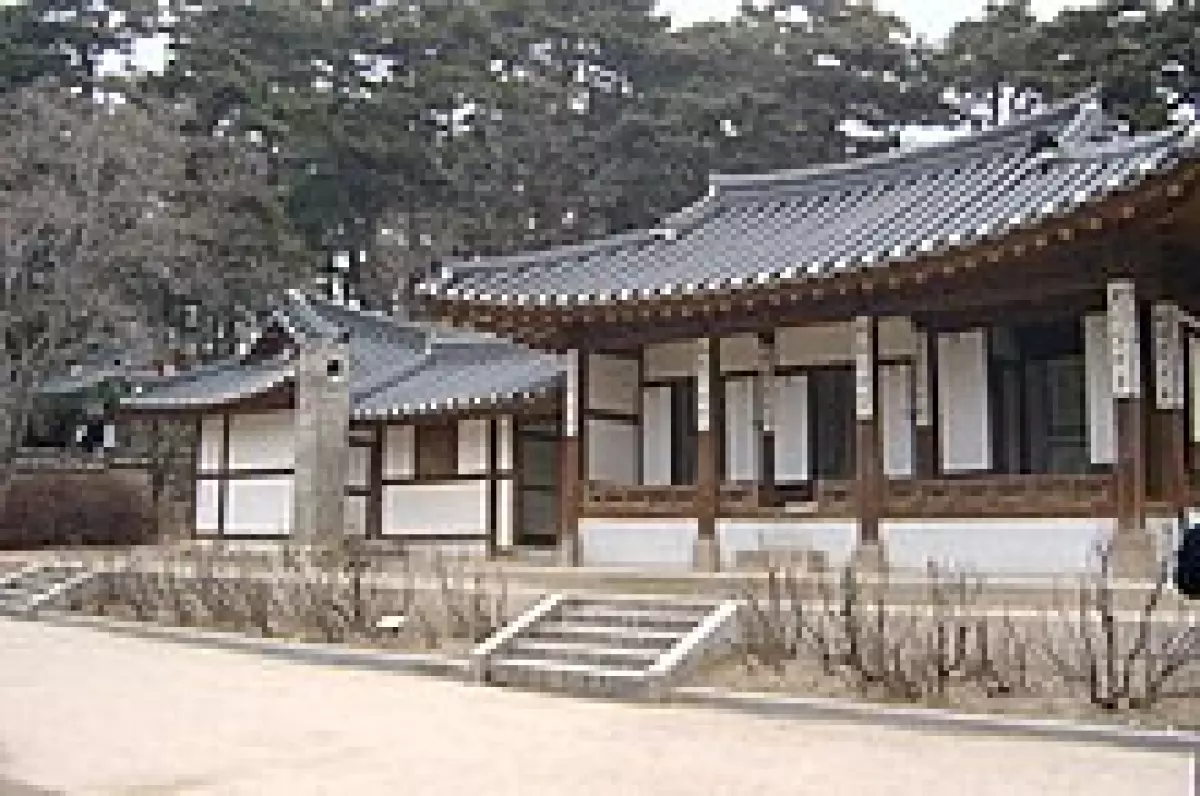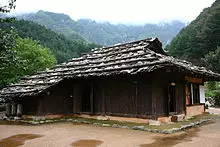Korean culture is rich in traditions and customs that have withstood the test of time. One of the most distinctive aspects of Korean heritage is its unique architecture, particularly the traditional Korean house known as the Hanok. In this article, we will explore the history, characteristics, and preservation efforts surrounding these iconic structures.
A Glimpse into the Past
The Hanok, also known as "joseonjip" in North Korea, holds a significant place in Korean history. Dating back to the 14th century during the Joseon dynasty, Hanok houses were meticulously designed and built to harmonize with their natural surroundings. Korean architecture emphasized the seamless integration of the house with the land and considered the seasons when planning the interior space. This principle, known as "baesanimsu," embodied the ideal house with a mountain at its back and a river at its front.
The architectural style and layout of Hanok houses varied by region. In colder northern regions, the houses were built in a square shape with a central courtyard to retain heat. Conversely, in the south, where the climate is warmer, Hanok houses were more open and adopted an L-shaped layout.
 Caption: Traditional Hanok house
Caption: Traditional Hanok house
An Enduring Legacy
Throughout history, Hanok houses have evolved to meet the changing needs of Korean society. However, the Korean War took a toll on these architectural treasures, leading to the demolition of many Hanok houses in the aftermath of the conflict. Today, only small clusters of Hanok houses remain in larger cities in South Korea. Despite the challenges, there has been a growing appreciation for the value of Hanok houses and their eco-friendly nature, especially when compared to modern apartments. Some train stations, such as Jeonju Station, have even been designed with Hanok influences.
In North Korea, Hanok houses can still be found in Kaesong and serve as tourist attractions. Additionally, a Hanok village project has been underway in Heilongjiang, China since 2010, where Koreans have been living and preserving their unique architectural heritage for over a century.
 Caption: Korean traditional Bark shingled house
Caption: Korean traditional Bark shingled house
The Origins of Hanok
The term "Hanok" first appeared in a paper about houses in 1907, specifically referring to the area along Jeong-dong road. Before that, various terms were used to describe Korean houses. During the era of Korean under Japanese rule, terms like "jooga" and "Joseon house" were commonly used. However, it wasn't until 1975 that the specific term "Hanok" was included in the Samsung Korean dictionary, defining it as a Korean-style house or an antonym of "western house." As urban development advanced, many Hanok houses were demolished, and the term "Hanok" was gradually replaced with "Korean traditional house."
Unique Characteristics of Hanok
Hanok houses are known for their environmentally friendly design and construction. From the inner layout to the building materials, every aspect of Hanok architecture was carefully considered. One distinctive feature is the Ondol, a traditional floor-based heating system, which effectively heats the interiors during harsh winters. The Daecheong, a cool wooden-floor style hall, provides relief from summer heat by blocking sunlight. Moreover, the cornerstones of Hanok houses secure the wooden posts, known as "daedulbo," to withstand earthquakes.
 Caption: Hanok house in Seoul
Caption: Hanok house in Seoul
Materials and Variations
The materials used in Hanok houses are natural, recyclable, and eco-friendly. These include soil, timber, and rock, which form the foundation of the structure. Hanok houses feature tiled roofs called "giwa," wooden beams, and stone-block construction. The use of traditional Korean paper, known as "hanji," for windows and doors adds to the beauty and breathability of the interior spaces.
Hanok houses exhibit regional and social class variations. In the southern regions, the houses typically have a straight-line layout with open wooden floor living areas to facilitate wind circulation. In contrast, the central region combines northern and southern influences, creating an L-shaped layout. Northern Hanok houses have a square layout to shield against strong winds, while the rooms are interconnected without open wooden floor areas. Social class also played a role in determining the architectural style of Hanok houses, with upper-class houses emphasizing aesthetics and lower-class houses focusing on functionality.
Preserving the Legacy
Efforts are underway to preserve and celebrate Hanok houses as important cultural heritage sites. Various Hanok villages and cultural centers have been established across Korea, allowing visitors to experience the beauty and essence of traditional Korean architecture. These include Bukchon Hanok Village, Namsangol Hanok Village, Hahoe Folk Village, Yangdong Folk Village, Korean Folk Village, and Jeonju Hanok Village, among others. Some Hanok houses have been transformed into cafes, restaurants, or teahouses, breathing new life into these historical structures.
In Conclusion
The Hanok is more than just a house; it encapsulates the spirit and identity of Korean culture. Through a combination of intricate design, eco-friendly materials, and adaptability to changing needs, Hanok houses have stood the test of time. Efforts to preserve and promote the legacy of Hanok houses ensure that future generations can appreciate the unique beauty and craftsmanship of traditional Korean architecture.
References:
- (in Korean) Hanok Cultural Center
- Korea Society Podcast: Architect Doojin Hwang speaks about the rebirth of the Hanok
- The Herbert Offen Research Collection of the Phillips Library at the Peabody Essex Museum
- Architecture & Urban Research Institute (AURI): Building Hanok - Components & Techniques

















